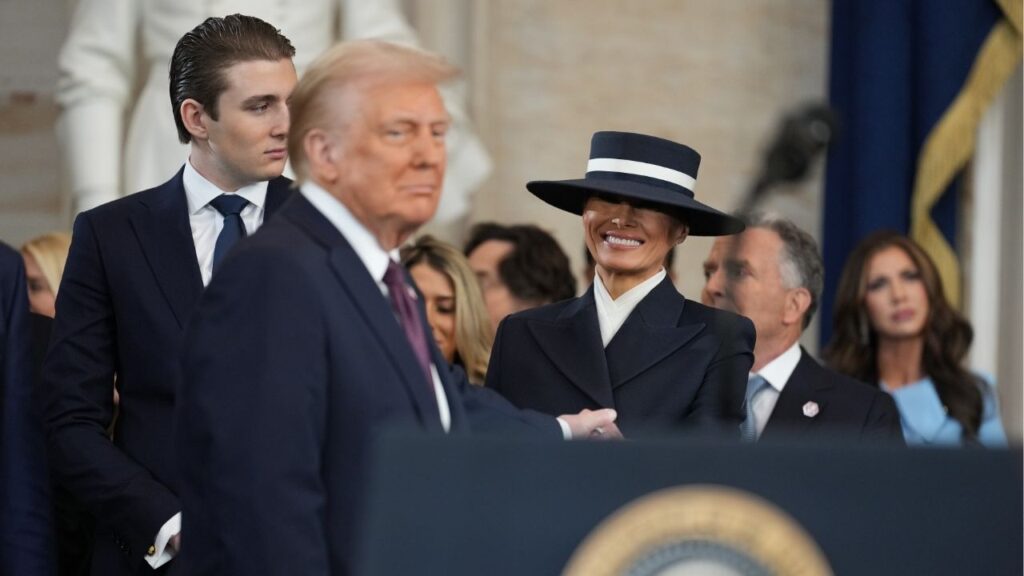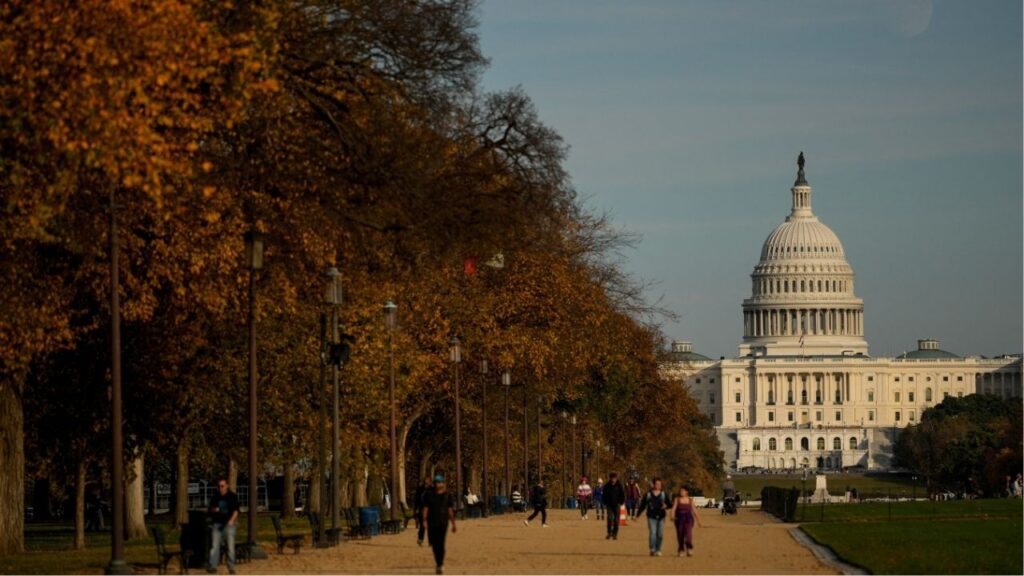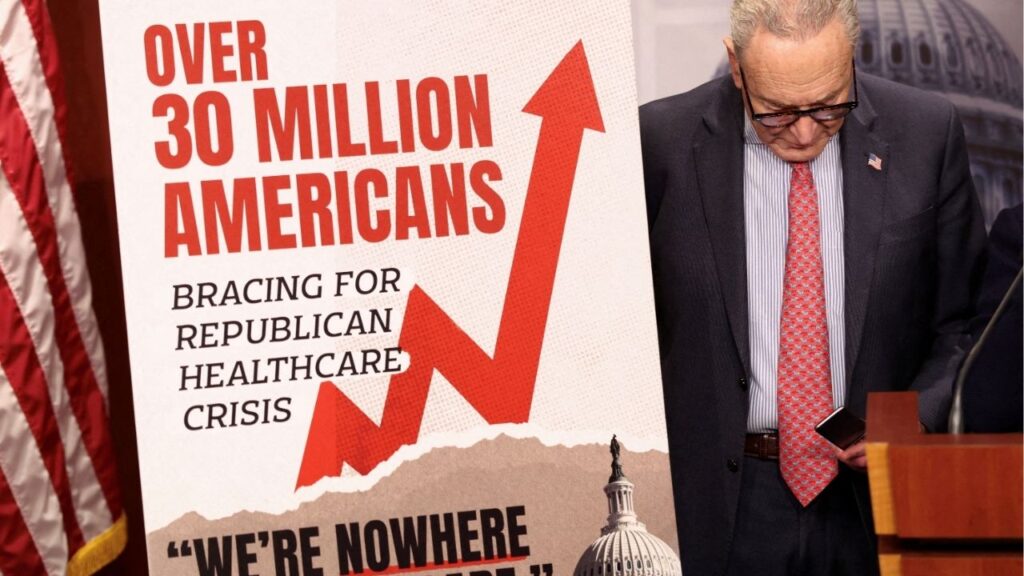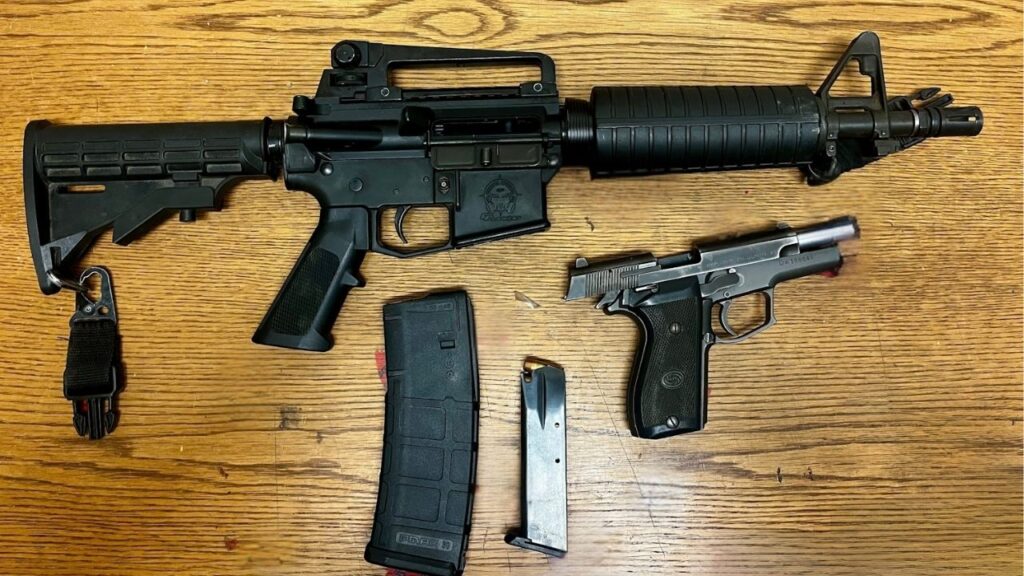Share
High-speed rail will reduce travel times between major California cities.
That is the belief of the bullet-train authority’s CEO Brian P. Kelly, who spoke in Fresno on Friday (Sept. 7). He said when the rail is built, for example, it will cut the time from San Francisco to Los Angeles compared to a car by half.
First, HSR needs to build its initial segment, from Bakersfield to Merced through Fresno. Kelly anticipates that to be completed by 2026.
There is no estimate for the Bay Area-to-LA line, but Kelly is not worried that the train will be outdated when the project is completed.
“I have no fear of that. I know there is a lot of technology in transportation, like autonomous vehicles,” Kelly said following a speech to the Maddy Institute.
“People say it might be an antiquated technology. In my view, it is a proven technology. It is working all around the world, and I think it will work here.”
Kelly touted three advantages of HSR: mobility, environment, and economics. The project employees 2,300 workers and is partnering with 463 small businesses.
Kelly: We Started Too Early

“We got under construction before we had the right-of-way in hand, the land we needed to build.”—HSR Authority CEO Brian Kelly
“We got under construction before we had the right-of-way in hand, the land we needed to build,” Kelly said.
That led to delays and lawsuits, problems he does not want to repeat in the future.
“That is a lesson learned for us,” Kelly said.
HSR has $22 billion in funding on the books thus far. A major revenue source is future cap-and-trade funding.
Commuter Train?
Kelly says the goal of HSR is to connect California cities, not necessarily be a commuter train.
“It is ultimately an interregional, state ride system between San Francisco and LA. That’s what we have to build to,” he said. “As we build, we will have a commuter benefit as we go. I see the whole system as being a state-wide system, traveling at high speeds, but because we are constrained by funding, we have to build in segments.”
He estimates the SF-to-LA ticket price at $93 dollars one-way. It would be less for travel to and from Fresno, in the $45-60 range. Discounts could be offered based on how often a rider uses HSR.
But, the north-to-south route is still a long time away from happening. Kelly could not provide a timetable when it may happen, saying the project is being built one segment at a time.
Convincing the Doubters
Kelly realized that Fresno is a region with political opposition to HSR, especially from Assemblyman Jim Patterson (R-Fresno) and Rep. Devin Nunes (R-Tulare). An oft-heard complaint is that the project is too expensive for what it will deliver.
So, how does he get past the doubters?
He envisions that when HSR is running, people will ask how they lived without it.
Another criticism Kelly hears is the lack of private funding. Kelly said the eventual plans for funding HSR is 30% state money, 30% federal, and 30% private investment.
“This project has been too abstract for too long,” Kelly told the audience.
He’s been working to create a more definitive business plan to help attract investors, which include completing environmental documents, picking the route alignment, and partnering with some existing rail lines in the big cities.
Categories

Dan Bongino to Step Down From FBI

Judge Allows Trump’s Ballroom Project to Proceed for Now
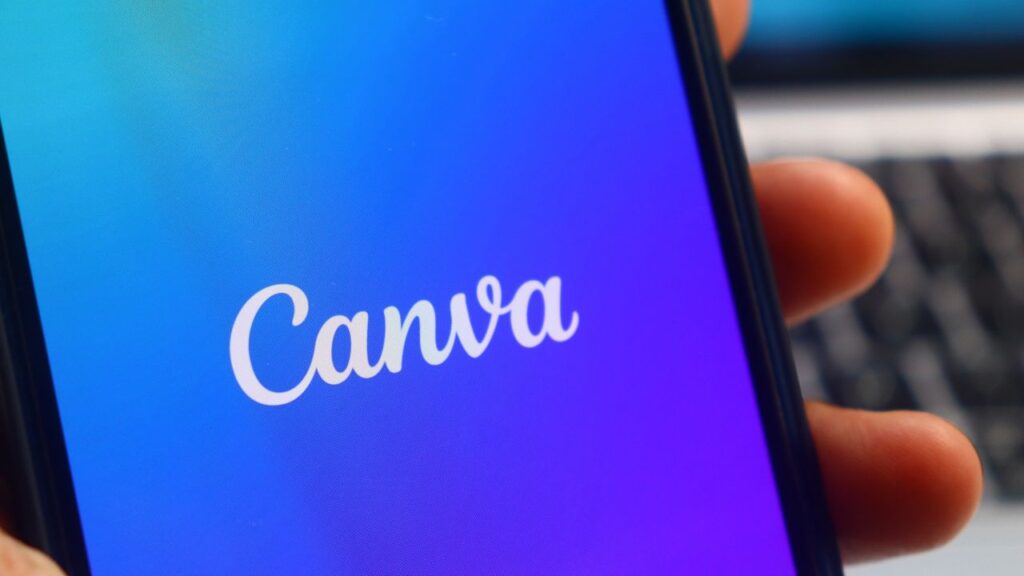
Canva Down for Thousands, Downdetector Reports






